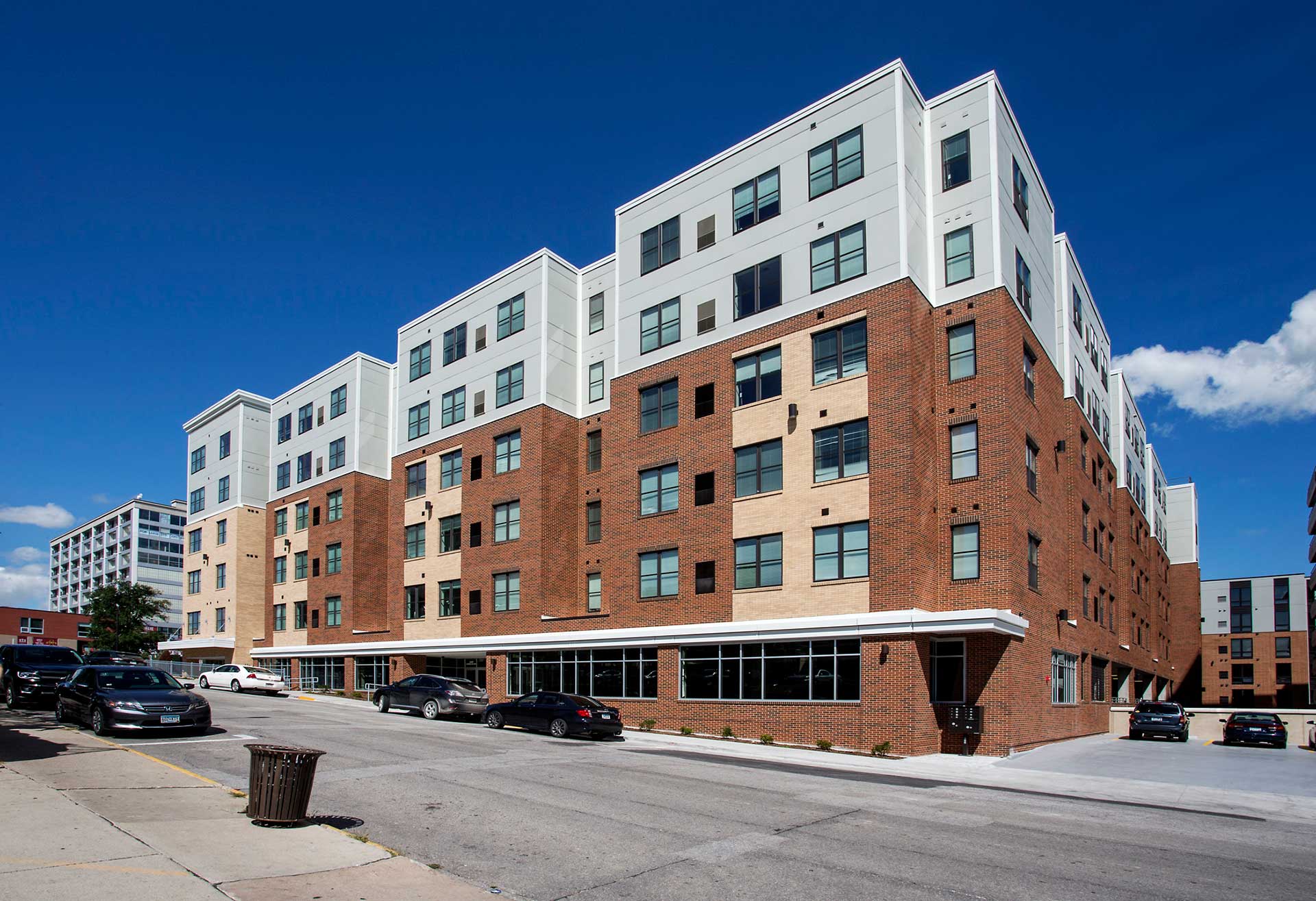After the housing market crashed, demand to rent increased across the country and the construction industry has enjoyed a surge in multi-family building ever since. Economists and industry experts alike continue to wonder how much longer this upward trend can last. Isn’t it true that all good things must come to an end? Well, the data is in.
According to The State of the Nation’s Housing 2016 from the Joint Center for Housing Studies, there are 9 million more renters than a decade ago. Last year 36% of U.S. households opted to rent, marking the largest share since the 1960s. The number of U.S. households increased by 1.9 million with 1.6 million of those being new renter households compared to 300,000 new homeowners.
Occupancy rates have reflected the demand and preference to rent in 2016. A report by Axiometrics showed occupancy rose to 95.2% and annual effective rent growth hovered above 3.7% in the second quarter, indicating a healthy appetite for multi-family at mid-year.
Here in the southeast, we are feeling far from a cool down. The region has gained notable attention for an increase in multi-family construction this year. In fact, JLL reported that the Southeast Region has seen the greatest multi-family construction acceleration in the country. Atlanta is a top southeast performer driven by strong inbound migration amid steady job growth. Colliers International predicts the Metro Atlanta will see 13,700 units come online in 2017. Our Southeast Regional Office currently has 1,546 multi-family units underway in the region with nearly 700 units under construction in the Metro Atlanta area alone.
Still, some experts say that an impending cool down could be upon us. Data from REIS suggests that high construction levels and weak economic conditions at the beginning of the year resulted in a softening in the rental market in Q3 2016. Construction exceeded absorption for the sixth quarter in a row, but the margin between new construction and net absorption tightened. In REIS’s estimates, the third quarter’s new construction level marks a decline from Q2.
In truth, the strong performance we have experienced in the multi-family sector cannot be sustained in the long-run for a thriving economy. The FreddieMac Multifamily Mid-Year Outlook 2016 explains that there are many factors that indicate the market remains healthy including job growth, wage increases and household preferences. However, a slight deceleration is natural and a sign that the market is adjusting appropriately to this phase of the economic cycle. The report suggests that multi-family performance will moderate but remain above average in 2016 while performance will rebound in 2017.
Regardless of where the winter months and new year brings the multi-family market, McShane Construction continues to be called upon by clients to serve their multi-family construction needs. We are grateful for the trust they instill in our experience and expertise, and are prepared to serve whatever the climate changes in the market might bring.
